(OUT) OF THE ARCHIVES | Feminist Counter-Histories
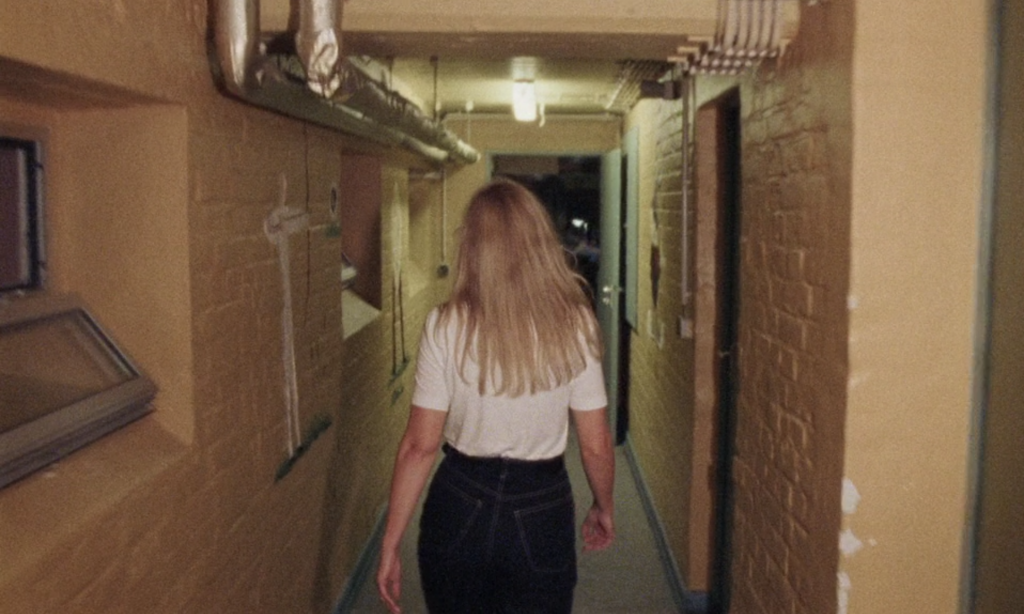
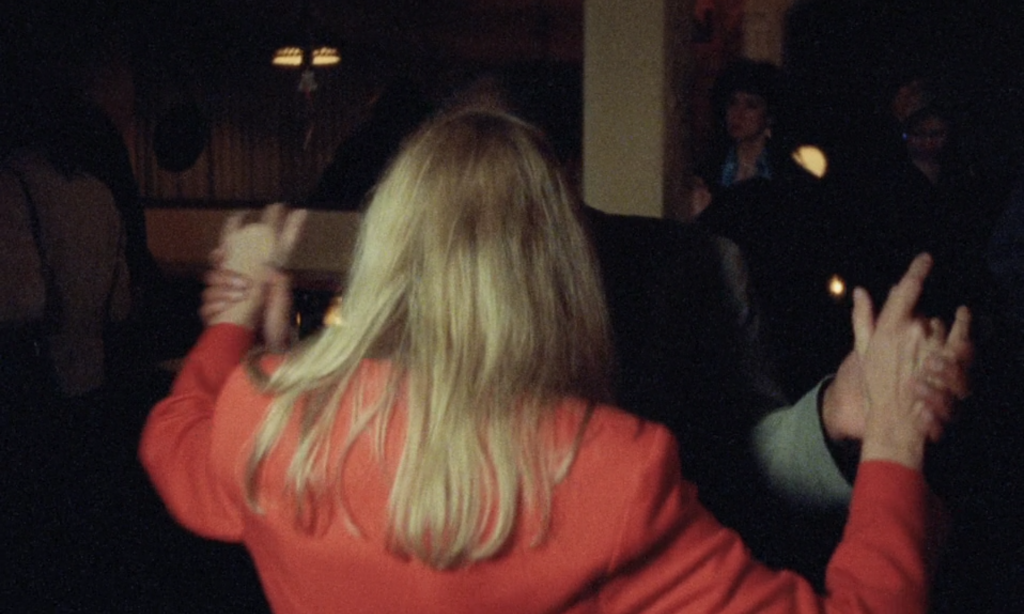
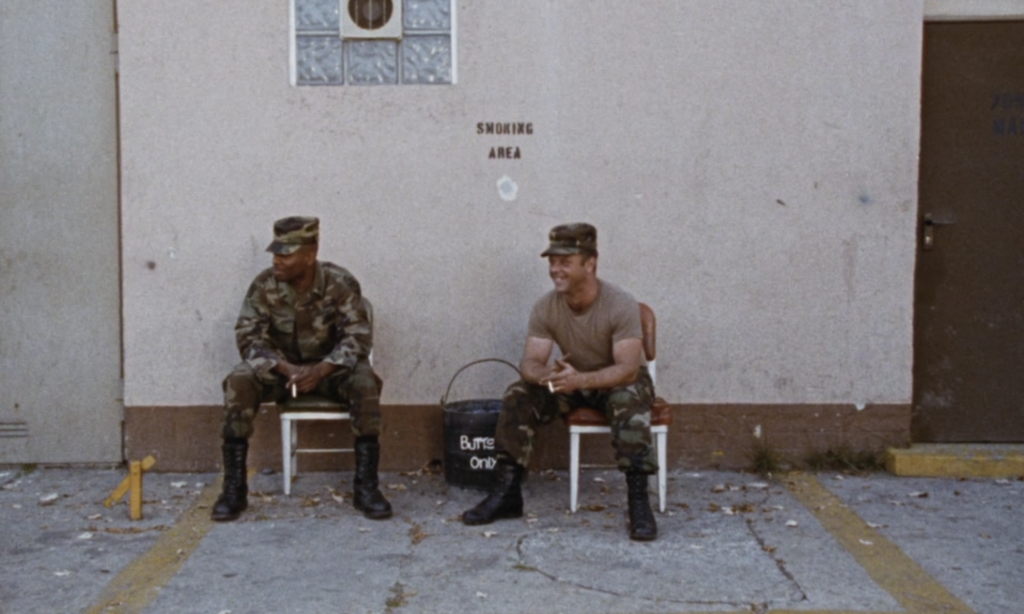
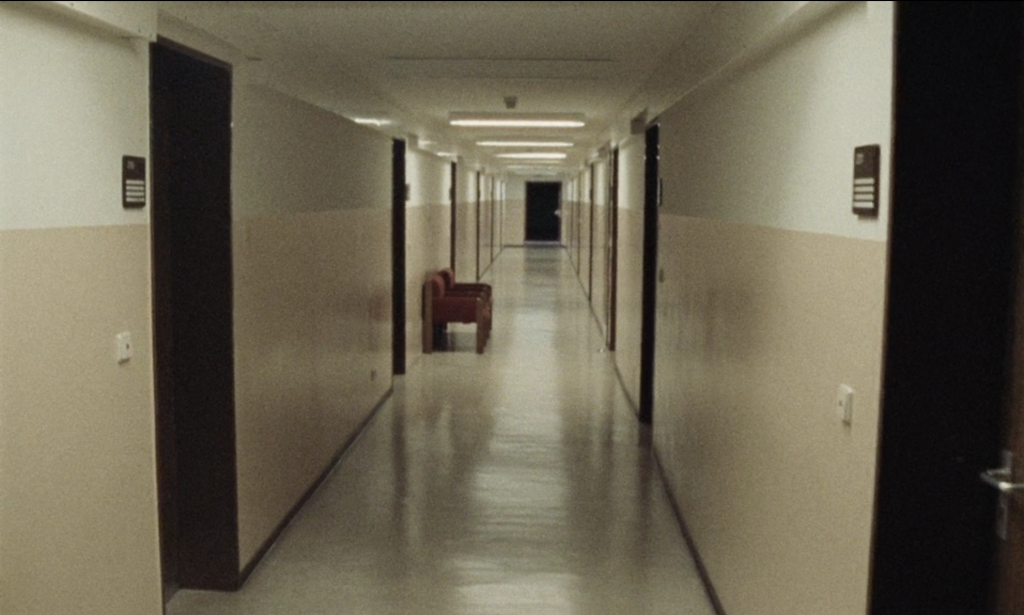
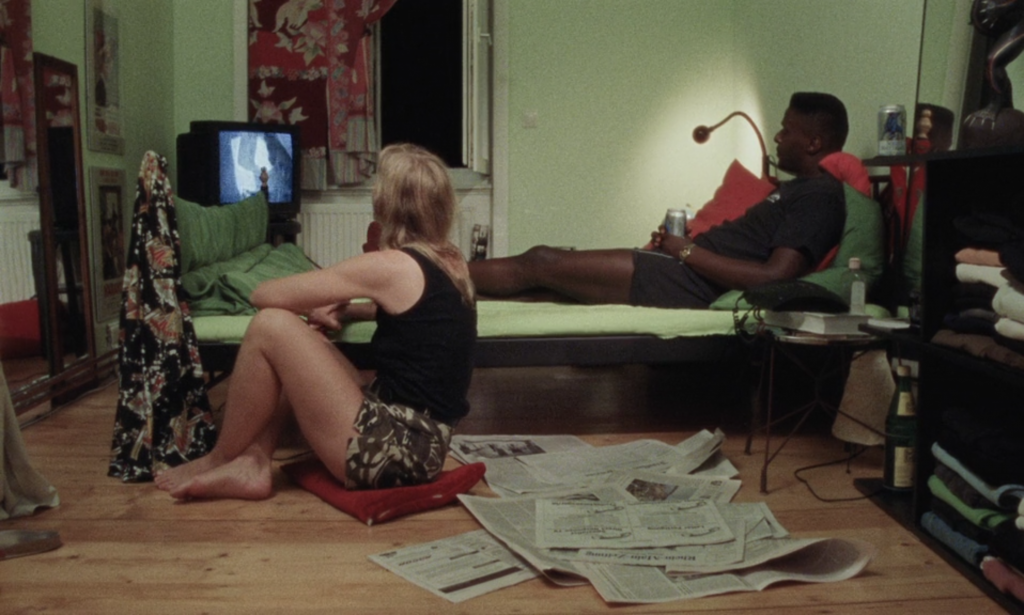
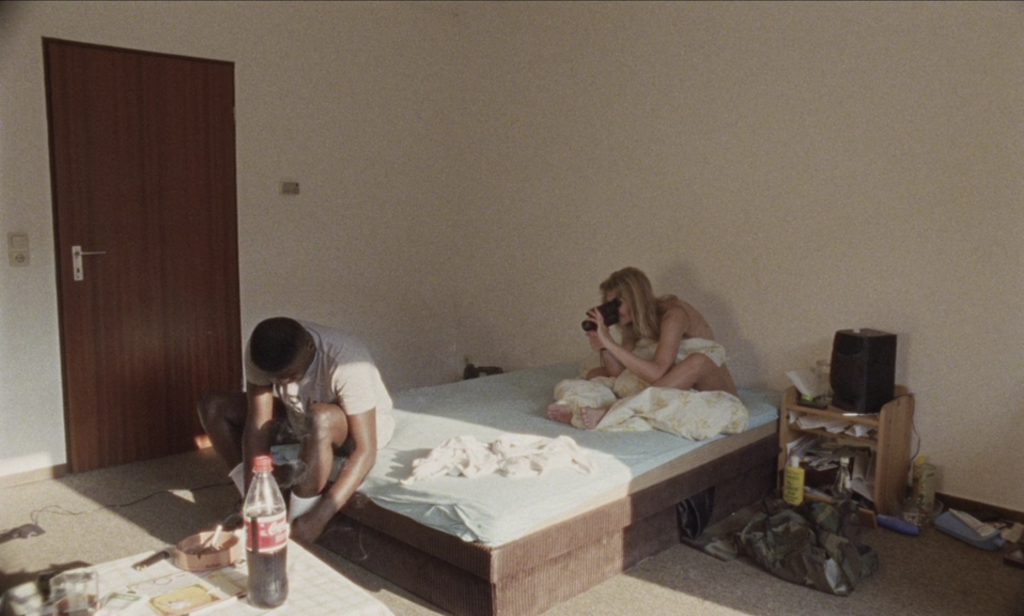
DE 1999, D: Eva Heldmann, A: Annette Brauerhoch, 64’, OV with english subtitles, 35mm
For years, film scholar Annette roams the US Army barracks in and near Frankfurt am Main: out of curiosity and the desire to fully be a “sexual being” in uncomplicated encounters with unattached, willing men. While the camera measures the barracks facades in sideways shots, winds its way through corridors, clubs and bars and provides glimpses into the private rooms of the soldiers and the protagonist, the tone is set by the conversation between the friends Annette and Eva, a private conversation that the film turns into a public one. STEPPING OUT is about the desire to transcend the boundaries of one’s own life and at the same time be one’s own complete body.
| Fri 19 Sept 2025 | Luru Kino |
| 10 PM | € 7,50 (6,50 reduced) In presence of Annette Brauerhoch |
(OUT) OF THE ARCHIVES | Feminist Counter-Histories
DIE URSZENE
DE 1981, D: Noll Brinkmann, 7’, 16mm
VIVA AVIS
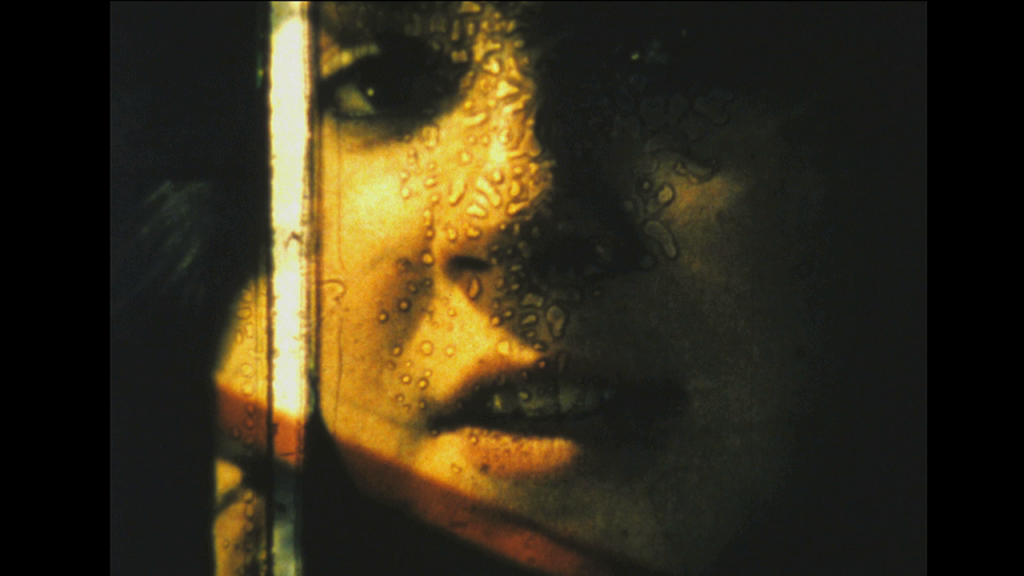
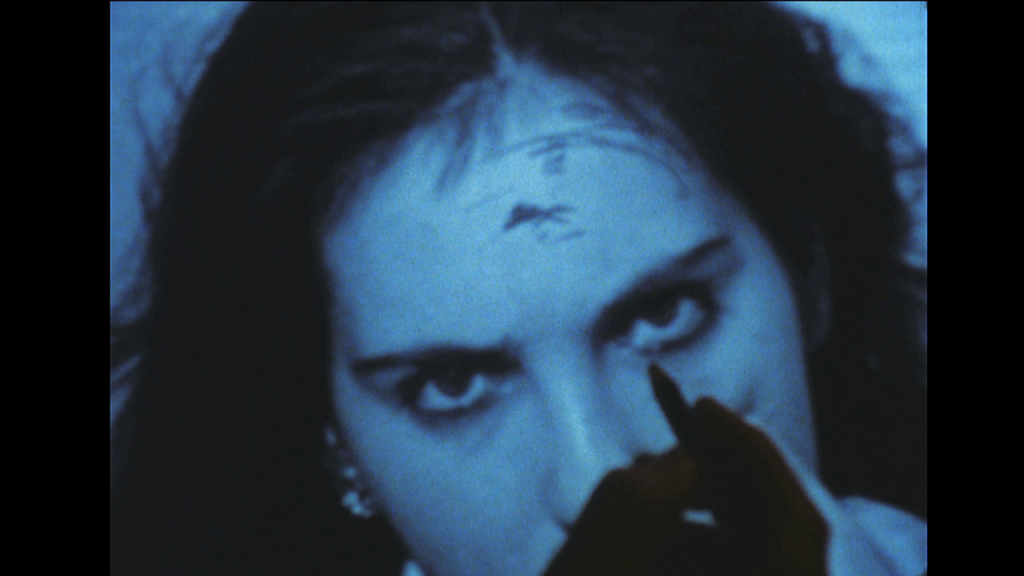
DE 1985, D: Lilo Mangelsdorff, 6’, 16mm
BETWEEN
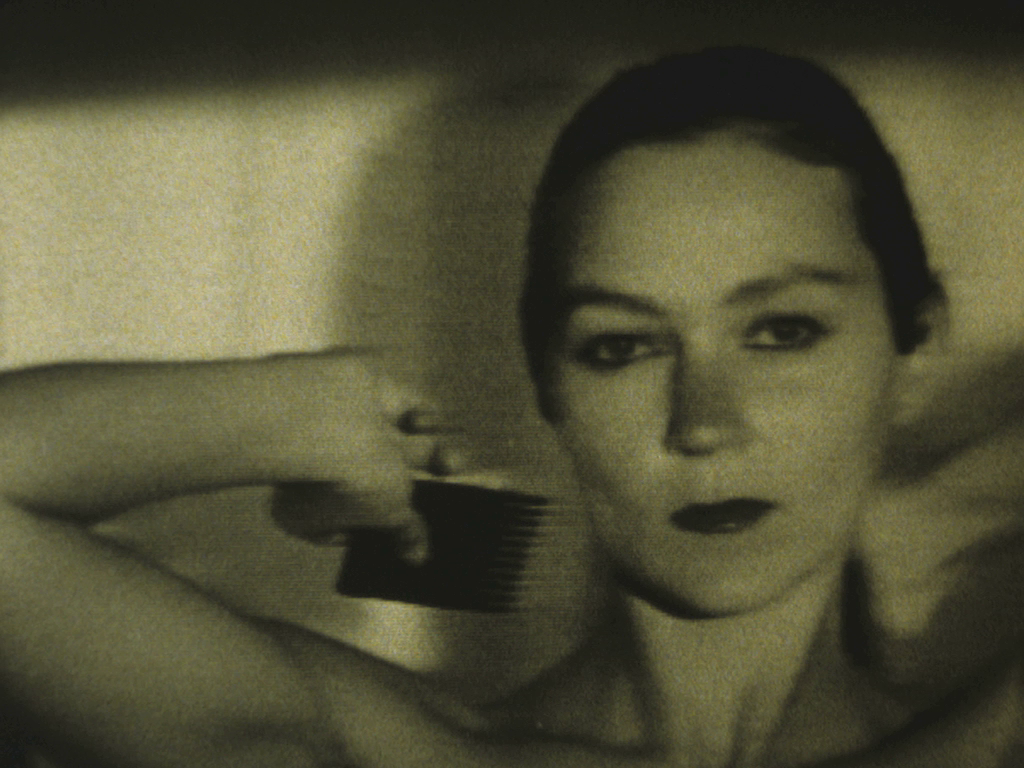
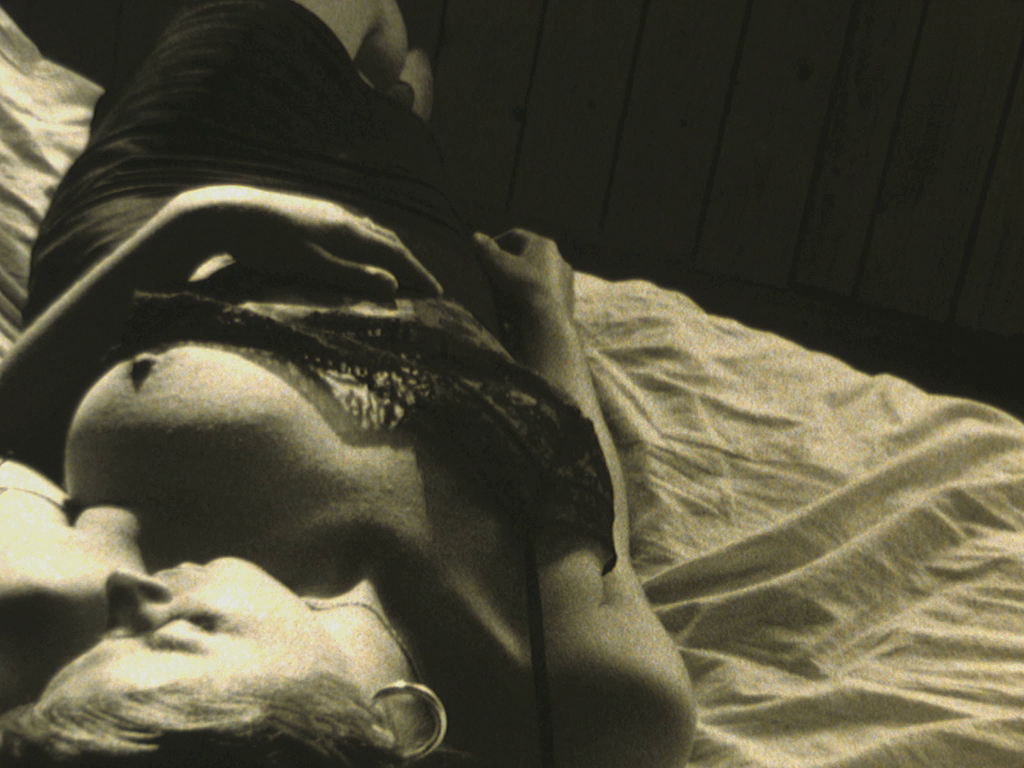
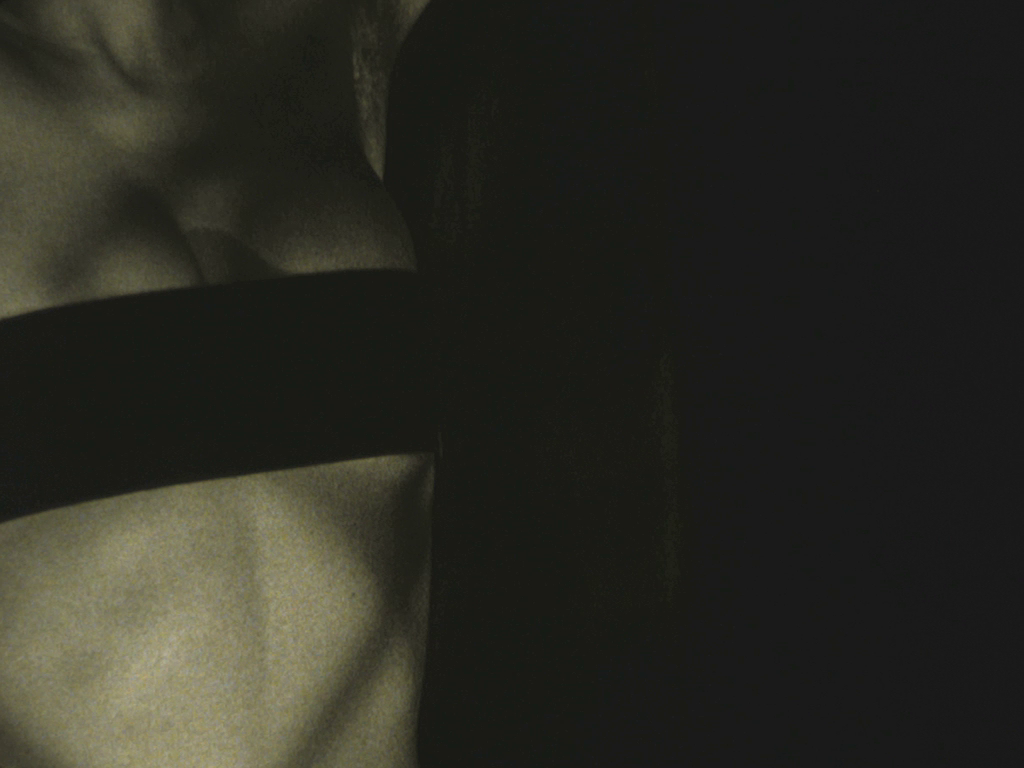
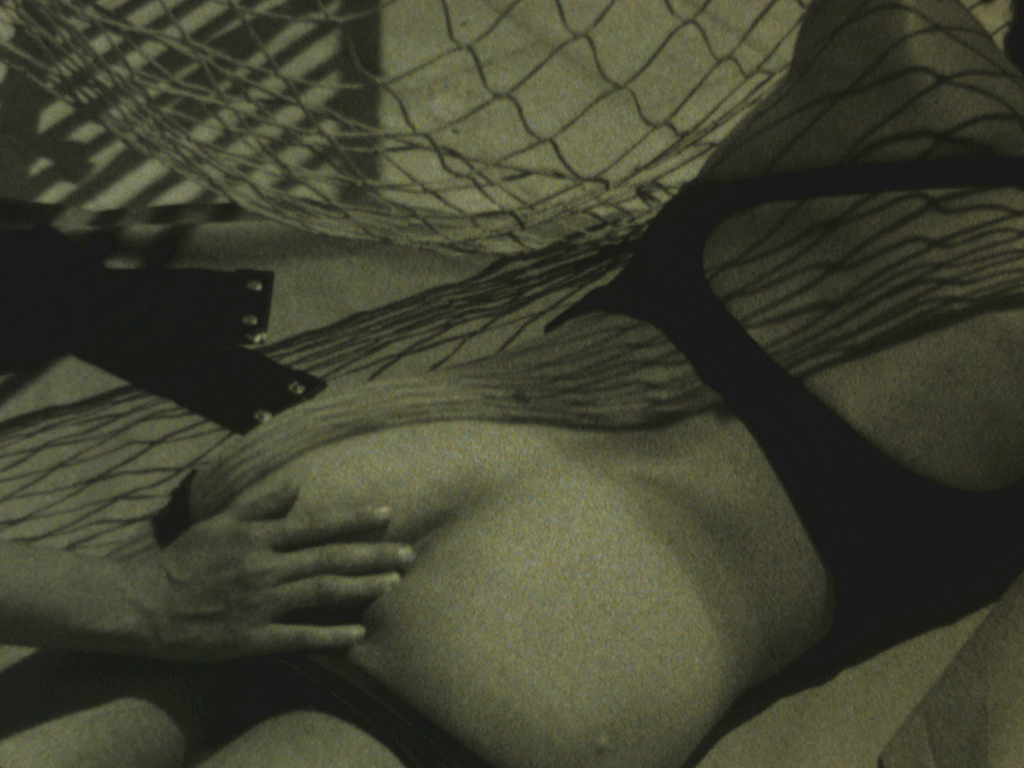
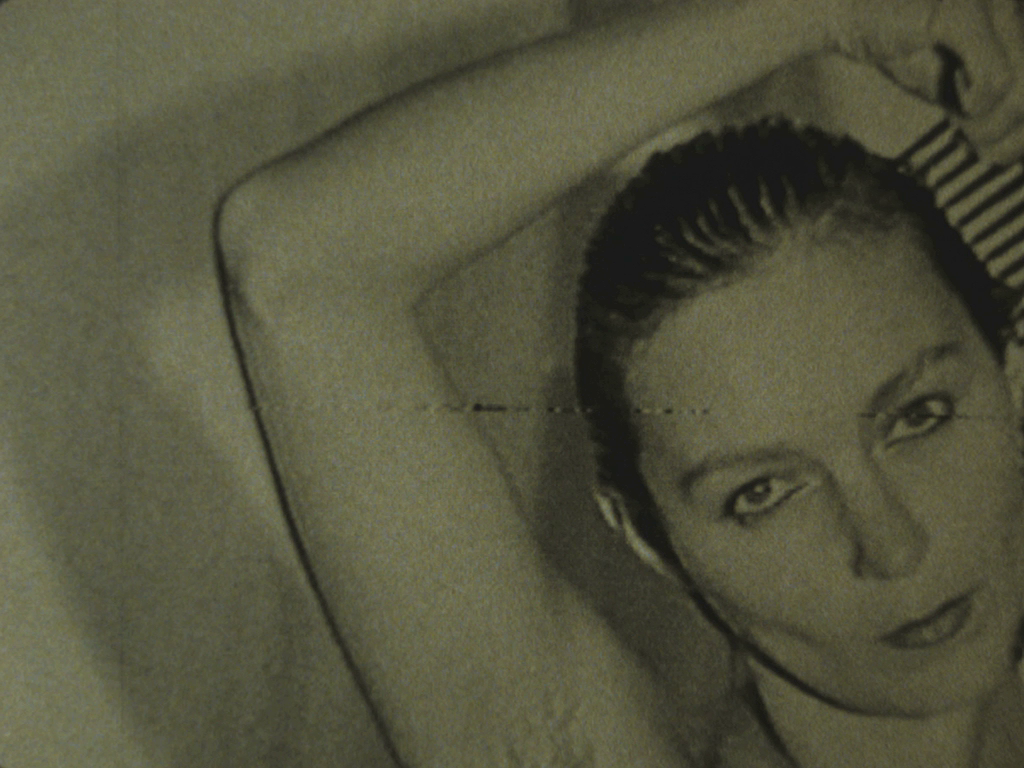
DE 1989, D: Claudia Schillinger, 9’, 16mm
DUSCHEN, SAN FRANCISCO
DE 1994, D: Anja Czioska, 3’, 16mm
DACH, SAN FRANCISCO
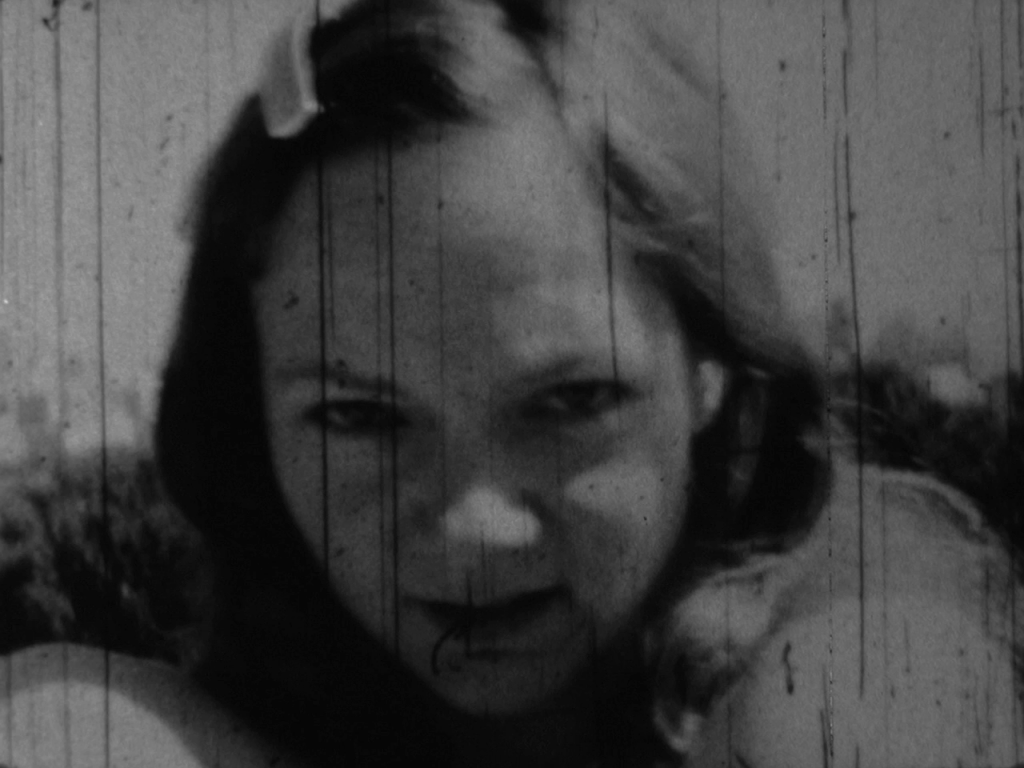
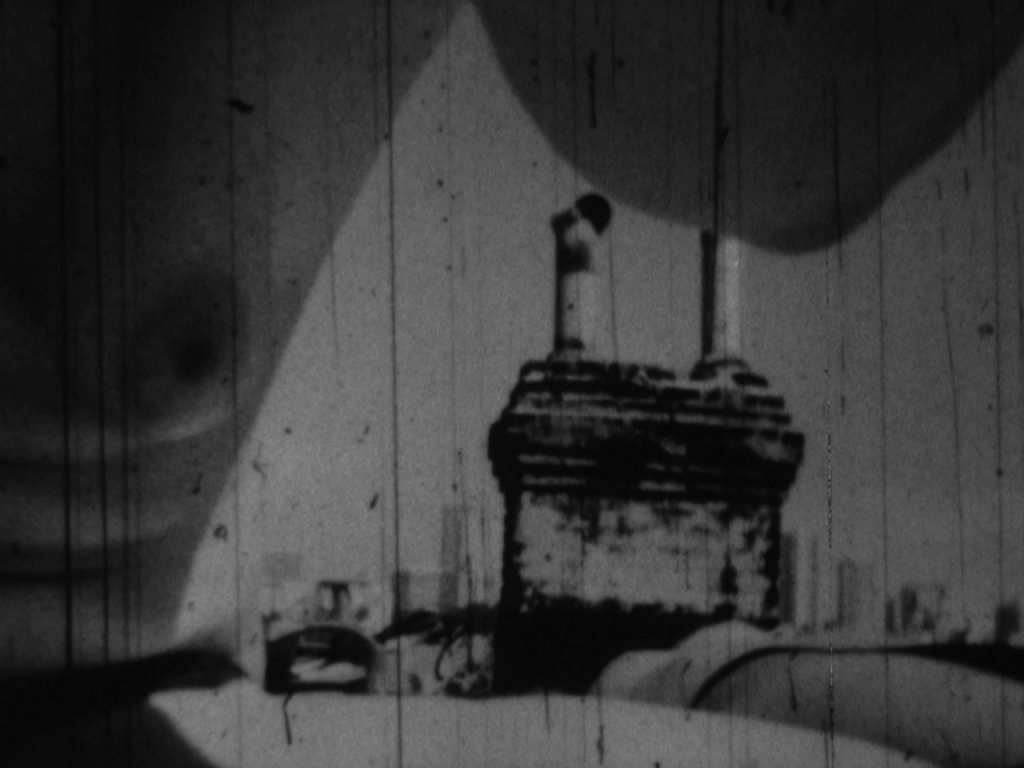
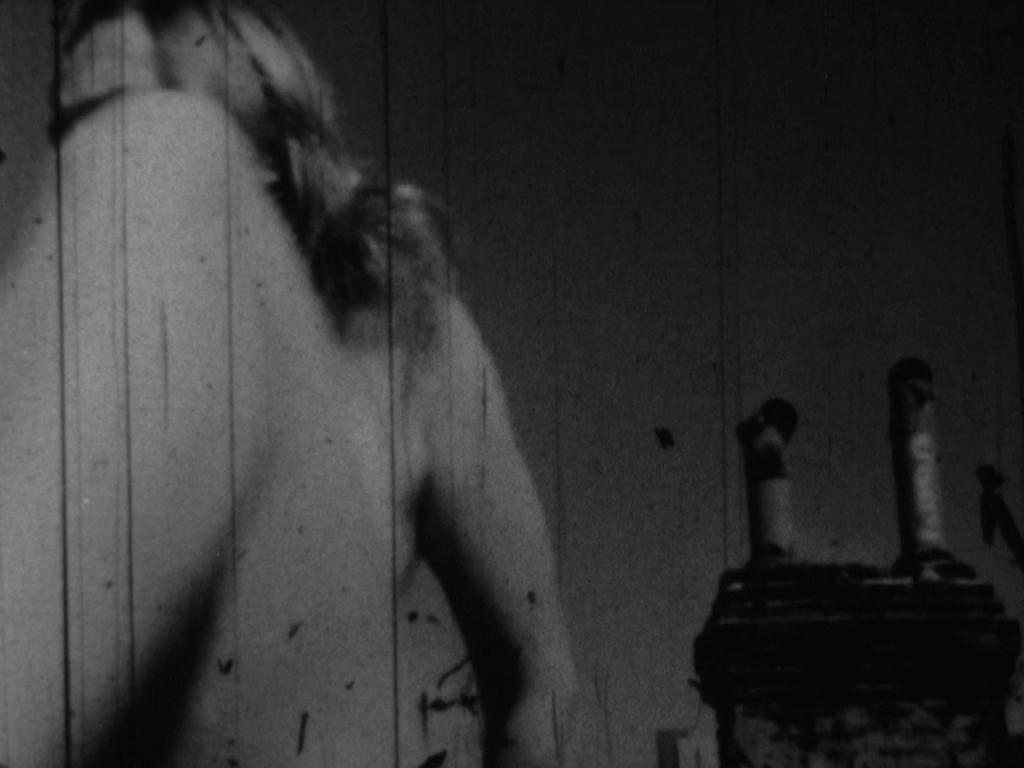
DE 1994, D: Anja Czioska, 3’, 16mm
LES MISERABLES
AT 1987, D: Mara Mattuschka, 2’, 16mm
CEROLAX II
AU 1985, D: Mara Mattuschka, 3’, 16mm
WENN DER HAARWUCHS LÄSTIG WIRD
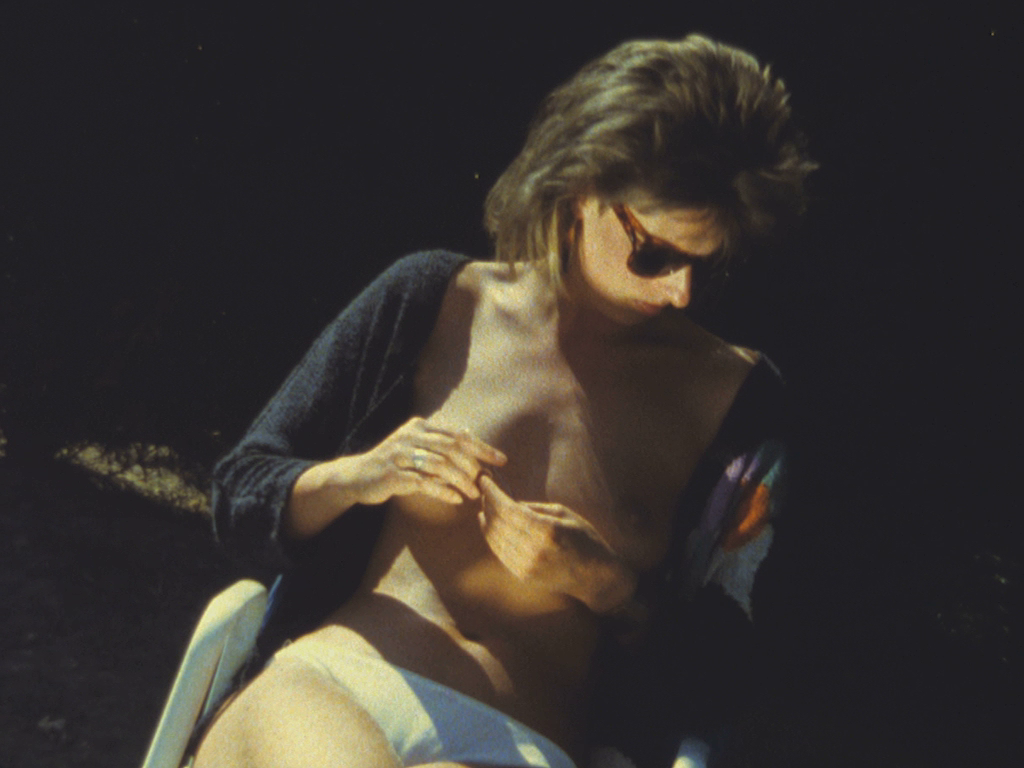
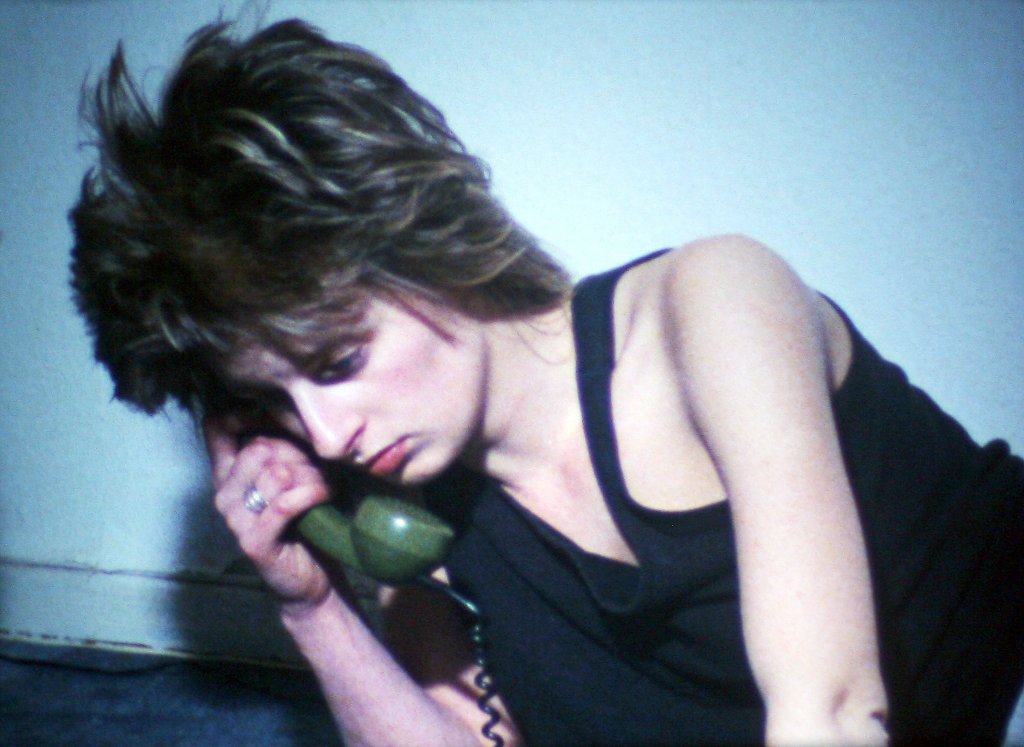
DE 1987, D: Anja Telscher, 7’, 16mm
COMPARTMENT
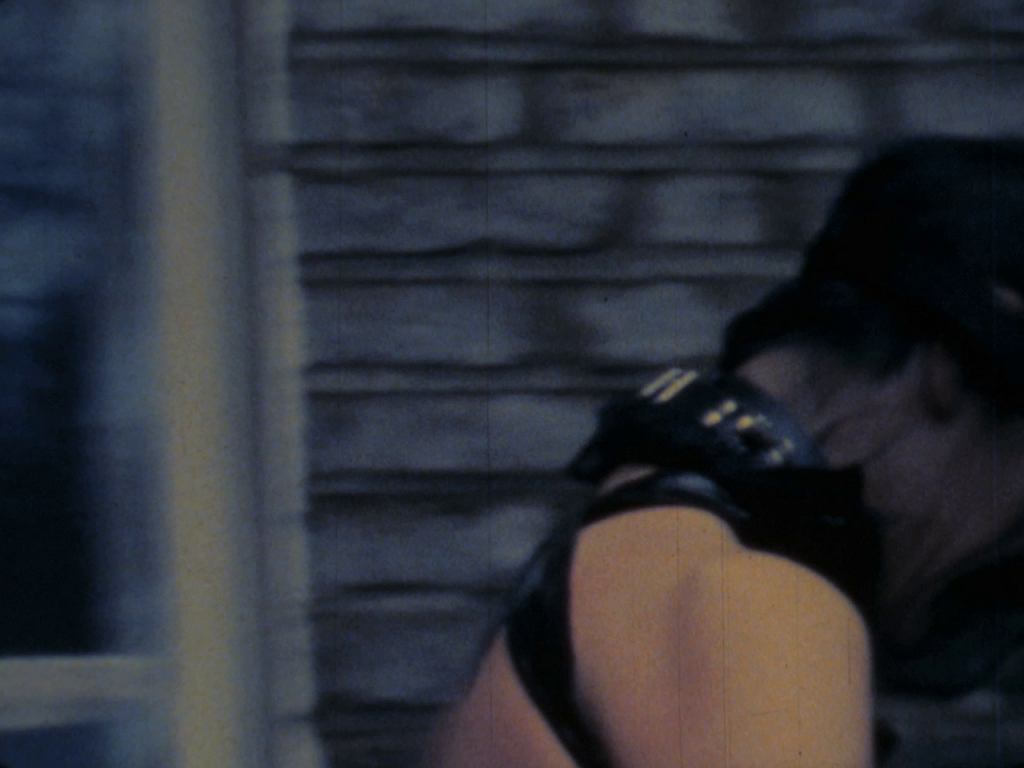
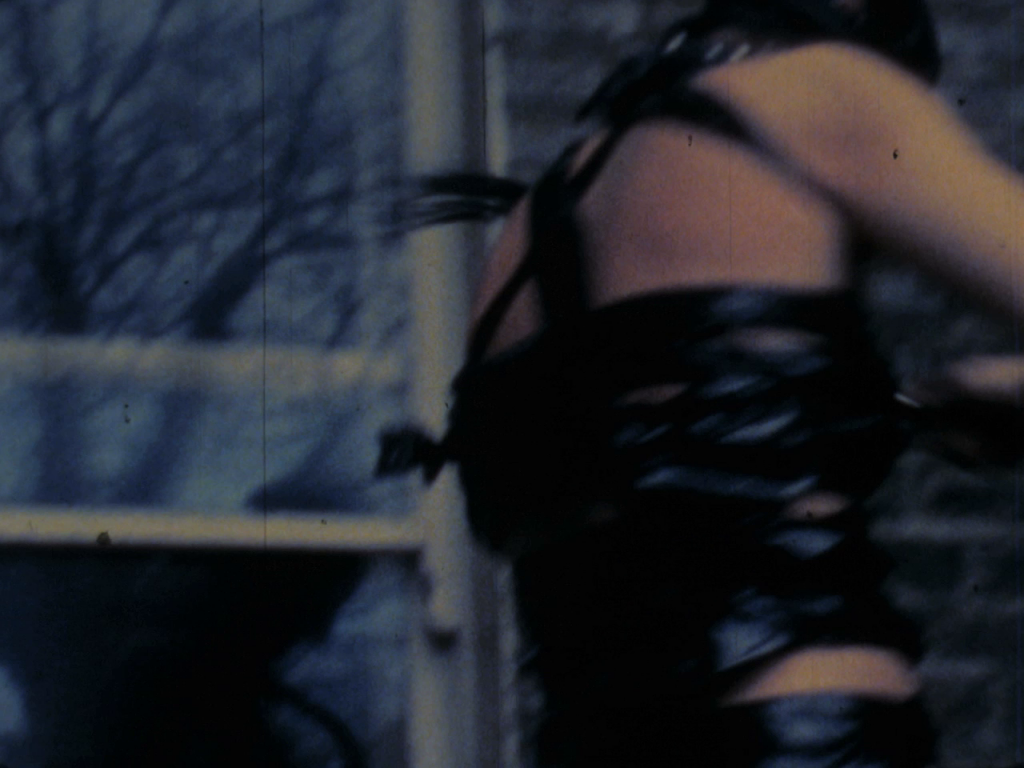
DE 1990, D: Eva Heldmann, 5’, 16mm
THE COLOR OF LOVE
US 1994, D: Peggy Ahwesh, 10’, 16mm
ONE PUSSY SHOW
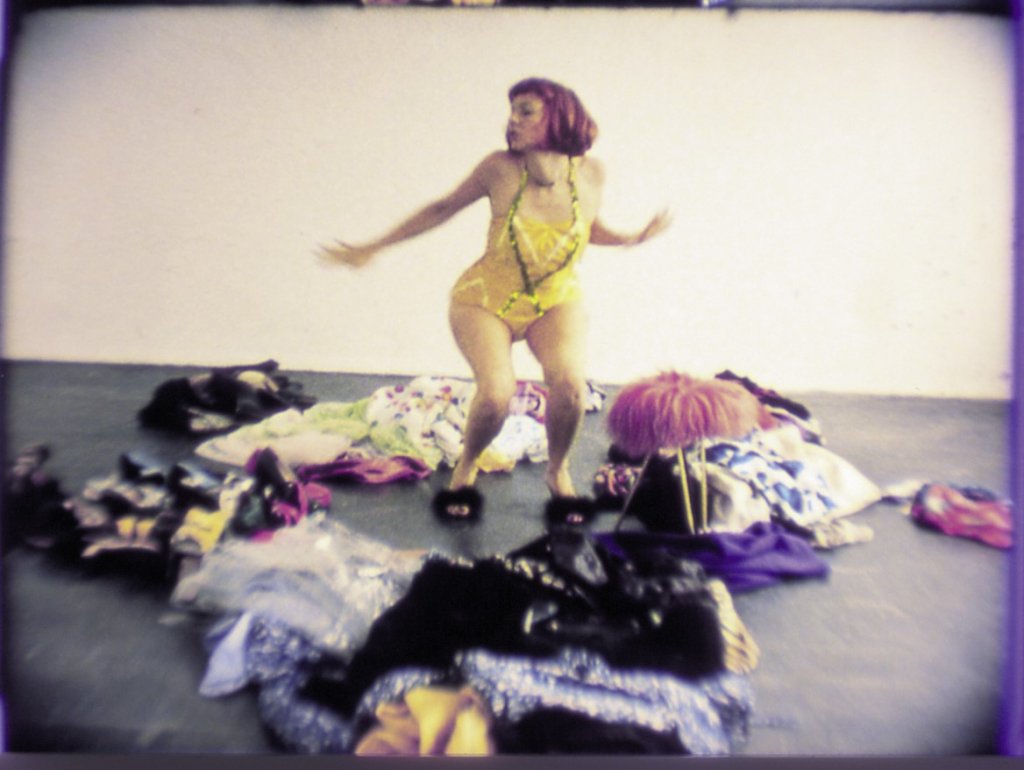
DE 1996, D: Anja Czioska, 6’, 16mm
The Archive for German Experimental Film by Women at the University of Paderborn holds 50 analogue 16mm film copies by female filmmakers from Germany and Austria, mainly from the 1980s: a time without home computers or mobile phones. It was an intense and lively phase of production which engaged with cinematic conventions and avant-garde classics in the (usually male-dominated) film classes at film and art colleges in Hamburg and Braunschweig, as well as the Städel in Frankfurt am Main. The collection is a project to which the participating female filmmakers have contributed in solidarity. It reflects my desire not only to add something to a growing institute for media studies in the 2000s, but also to deliberately counter so-called “media” and “digitality” with film in its concrete materiality, filmic forms beyond narration and documentary, and feminist (corporeal) energy. It was about “other” films in an environment where they were initially alien, but they found an audience in the students that experienced film in a new and different way. After my retirement from the university in 2021, the collection will in the future find a new home at Kinothek Asta Nielsen under a new name (Experimental Film Collection Brauerhoch) – and hopefully see the light of projection again and again.
Cinema, like no other medium, is about the body and the gaze. Feminist film theory recognised early on that the sexes are assigned different roles in this context, roles that have to do with power and space. The programme of Tumultuous Bodies focuses on female gazes and bodies, offering a targeted examination of visual pleasure in cinema. DIE URSZENE ironically takes up Freud’s theory of the origin of voyeurism, while consistently rejecting gazes at the female body or the sexual act, hence the voyeurism commonly associated with cinema. Instead, we follow the voyeuristic curiosity of the female filmmaker, the haptic pleasure of the camera movements and our fantasies. In Anja Czioska’s and Claudia Schillinger’s films, voyeurism is directed at their own bodies. Czioska joyfully plays with a standard voyeuristic situation in film – a woman taking a shower – and takes it to funny extremes. In DACH, SAN FRANCISCO, she enjoys lustful, wild, expansive movements that form a rebellious alliance with the body of the film. In BETWEEN Claudia Schillinger meets the normative and standardising gaze of mainstream (Hollywood) cinema with self-confident exhibitionism and a provocative gaze into the audience. Lilo Mangelsdorff and Anja Telscher demonstrate and counter the repression associated with beauty ideals disseminated by media, while Mara Mattuschka takes these media appeals to the extreme and subverts them in defiant animations. The films in the programme show passions, break taboos and reshape the images of women and their bodies in certain genres, as in THE COLOR OF LOVE and COMPARTMENT.
In the first film of the programme (DIE URSZENE), the turmoil of the bodies takes place primarily in the imagination of the spectators, in the last film (ONE PUSSY SHOW), however, it finds an extremely lively and lustful staging. All films show visual pleasure in their own unique way, distinct from mainstream voyeurism.
| Fri 19.09 2025 | Luru Kino in der Spinnerei |
| 6 PM | € 7,50 (6,50 reduced) In presence of Annette Brauerhoch |
ARCHIVE | Feminist Counter-Histories









In this year’s focus, we will be looking at committed archival practices that present an alternative or counter-history to conventional film history narratives, focussing in particular on female and queer perspectives. In doing so, we are consciously picking up on two threads from past editions of GEGENkino: Namely, our interest in feminist-activist film culture and history as well as in non-conformist formats of collecting, mediating and advocating for areas of film history that generally fall through the cracks. In this context, we are once again seeking co-operation with institutions and actors who share similar cinematic preferences and support our idea of a decidedly non-neutral curating. With our selection, we want to prove that critical film curatorial work always means working on counter-histories. In three events, (OUT) OF THE ARCHIVES: FEMINIST COUNTER-HISTORIES focuses on German counter film history and its archiving and mediation. The Weimar Republic of the early 1930s as well as the GDR and FRG in the 1970s and 80s are examined. The films – feature films, documentaries and experimental forms – provide insights into the lives of women beyond prevailing clichés and body images.
The series kicks off with the presentation of the Archive for German Experimental Film by Women, which Annette Brauerhoch, emeritus film scholar and co-editor of the feminist film magazine Frauen und Film, has established and which contains 50 analogue films by German-speaking female directors, mostly from the 1980s. The short film reel TUMULTUOUS BODIES, curated and introduced by Brauerhoch, shows the many ways in which this experimental small film-cinema deals with gazes and bodies – and thus with spaces and power. The programme is complemented by STEPPING OUT, in which Brauerhoch appears as the protagonist and openly talks about her desire for different bodies.
On 20 September, we will take a look at a state film archive – and have it classified by experts: With the State Film Documentation of the GDR (1971-86), freelance curator and publicist Tobias Hering presents a very special context of production and archiving. Around 300 films were commissioned and stored there, capturing everyday life in the GDR in unvarnished documentary form – they were never intended for public viewing by the state. Together with historian and editor Anne Barnert and film historian and curator Borjana Gaković, an expert on the representation of history and feminism in film history, Hering has made a selection with IN REAL LIFE – WOMEN IN FILM DOCUMENTS FROM THE STATE FILM DOCUMENTATION OF THE GDR that focuses on women and a broad spectrum of their diverse lives and are suitable for reflecting on and questioning the conventional image of the status of women in the GDR.
Our third programme has a real local connection: Leipzig-born Hertha Thiele (1908-1984) played the leading role in the early classic of queer cinema GIRLS IN UNIFORM (DE 1931, R: Leontine Sagan). The event’s focus will be on her as a hitherto little-examined protagonist of German film history. The film scholars and co-founders of the Kinothek Asta Nielsen (Frankfurt/Main), Karola Gramann and Heide Schlüpmann, have intensively researched her complex biography. HERTHA THIELE – LOVE AS OPPOSITION, OPPOSITION AS LOVE will also deal with the problems faced by feminist film historiography and the resistance it has to overcome.
| Fri 19.09 2025 | Luru Kino in der Spinnerei |
| 6 PM | Shortfilm Reel TUMULTUOUS BODIES DIE URSZENE DE 1981, D: Noll Brinkmann, 7’, 16mm VIVA AVIS DE 1985, D: Lilo Mangelsdorff, 6’, 16mm BETWEEN DE 1989, D: Claudia Schillinger, 9’, 16mm DUSCHEN, SAN FRANCISCO DE 1994, D: Anja Czioska, 3’, 16mm DACH, SAN FRANCISCO DE 1994, D: Anja Czioska, 3’, 16mm LES MISERABLES AT 1987, D: Mara Mattuschka, 2’, 16mm CEROLAX II AU 1985, D: Mara Mattuschka, 3’, 16mm WENN DER HAARWUCHS LÄSTIG WIRD DE 1987, D: Anja Telscher, 7’, 16mm COMPARTMENT DE 1990, D: Eva Heldmann, 5’, 16mm THE COLOR OF LOVE US 1994, D: Peggy Ahwesh, 10’, 16mm ONE PUSSY SHOW DE 1996, D: Anja Czioska, 6’, 16mm In presence of Annette Brauerhoch |
| 10 PM | STEPPING OUT DE 1999, D: Eva Heldmann, A: Annette Brauerhoch, 64’, OV with english subtitles, 35mm In presence of Annette Brauerhoch |
| Sat 20.09 2025 | UT Connewitz |
| In real life – Women in film documents from the State Film Documentation of the GDR PROF. DR. HILDE BENJAMIN, GEB. AM 5.2.1902 IN BERNBURG Staatliche Filmdokumentation, Redaktion: Gerd Barz, DDR 1972-74 HELMUT KRAATZ, PROF. DR. SC. MED., GEB. 6.8.1902 IN WITTENBERG Staatliche Filmdokumentation, Redaktion: Dieter Harms, DDR 1972 DOKUMENTE ZUR LEBENSWEISE. WOHNUNGSPROBLEME 1982/83 – DOKUMENT I Staatliche Filmdokumentation, Redaktion: Gerd Barz, DDR 1982-83 KLINIKUM BUCH – GESPRÄCHE IN EINER STRAHLENTHERAPEUTISCHEN KLINIK Staatliche Filmdokumentation, Redaktion: Hans Wintgen, DDR 1984-85 In presence of Anne Barnert, Borjana Gaković & Tobias Hering | |
| Sun 21.09 2025 | UT Connewitz |
| Hertha Thiele – Love as Opposition, Opposition as Love GIRLS IN UNIFORM DE 1931, D: Leontine Sagan, A: Emilia Unda, Dorothea Wieck, Hertha Thiele, 96’, german OV, DCP Conversation (in German) with Heide Schlüpmann & Karola Gramann |
Special | CINÉMA CORPOREL
PORTRAIT DE MA MÈRE DANS SON JARDIN
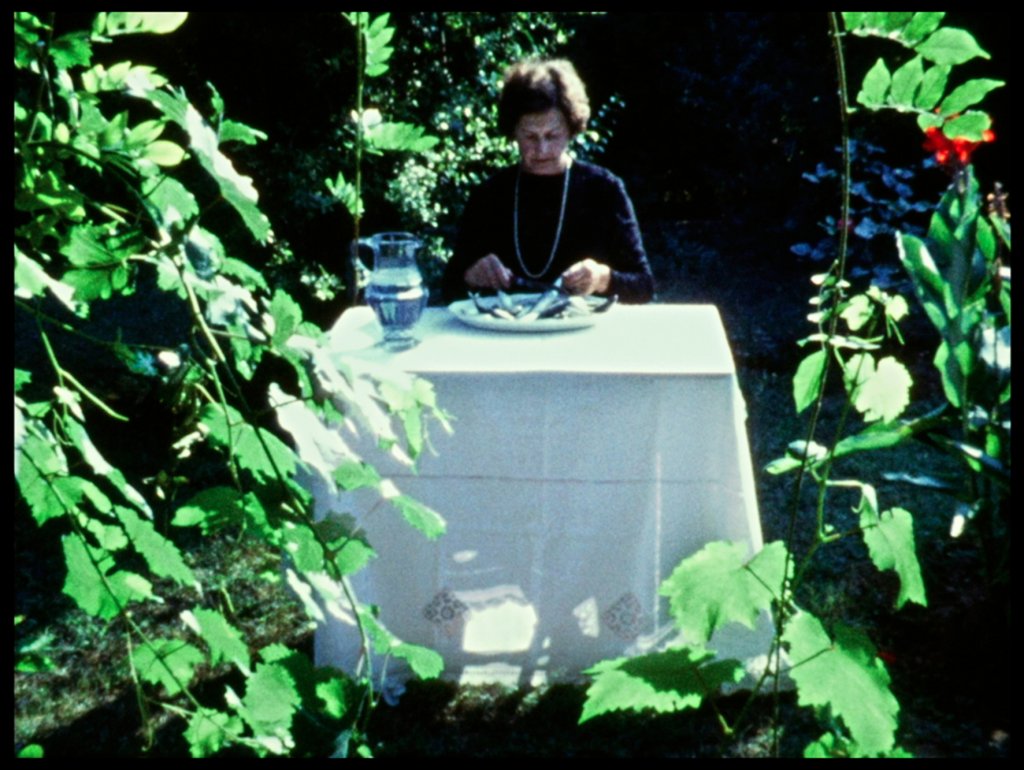
FR 1980, silent, 9’, DCP
UNHEIMLICH III: LES MÈRES (THE MOTHERS), PART 1
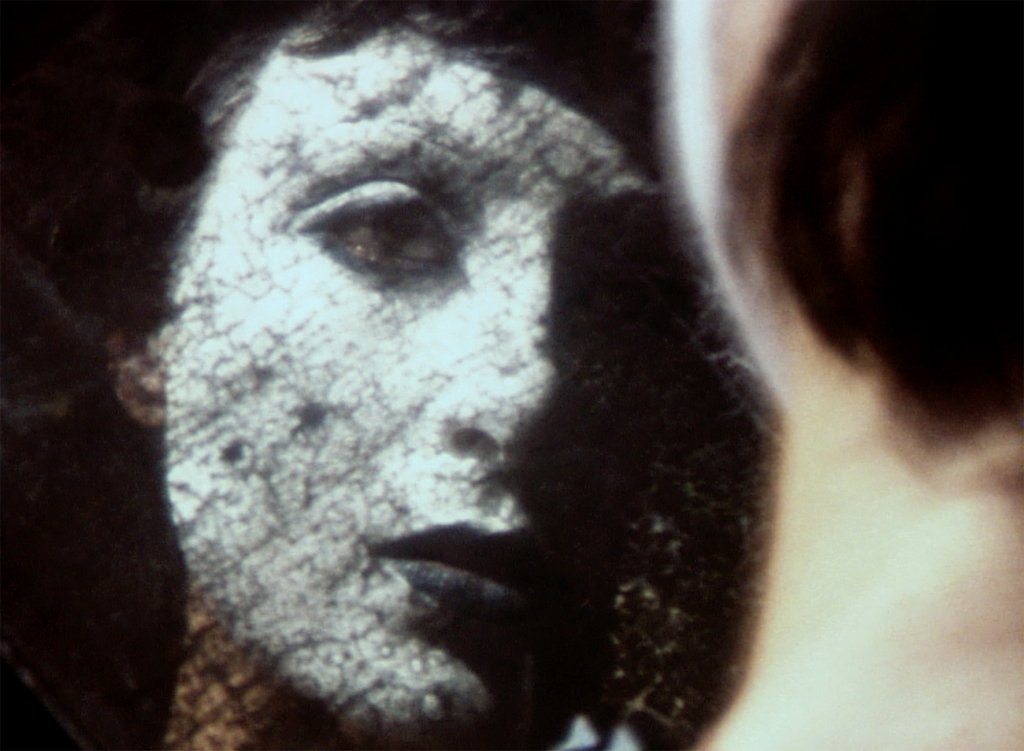
FR 1980-81, silent, 52’, DCP
We continue our program of CINÉMA CORPOREL by revisiting concepts introduced the previous day, varying and developing them further: PORTRAIT DE MA MÈRE DANS SON JARDIN once again creates a cinematic encounter with a woman and her body: Thomadaki’s mother. The film was part of the extended cinema version of UNHEIMLICH III: THE MOTHERS, which was originally commissioned by the Centre Pompidou in 1981 as an ‘expanded cinema performance.’ We are showing the first part of this unique, enigmatic project in its restored version as the finale to this small homage, for which Katerina Thomadaki will travel from Athens to Leipzig.
| Fri 19 Sept 2025 | Luru Kino |
| 8 PM | € 7,50 (6,50 reduced) In presence of Katerina Thomadaki |
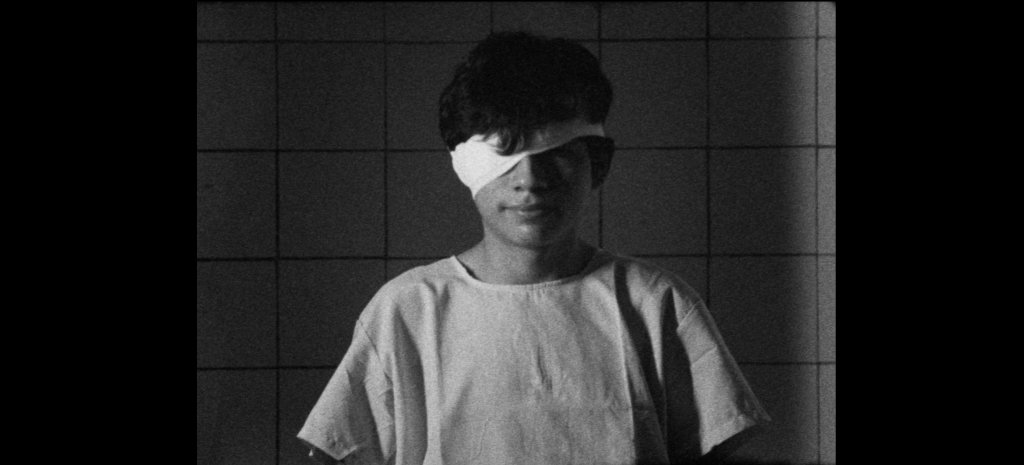
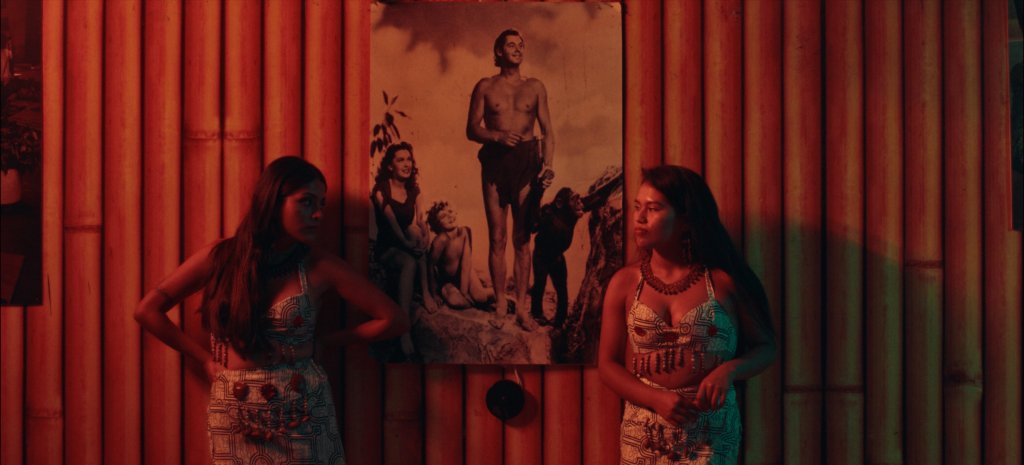
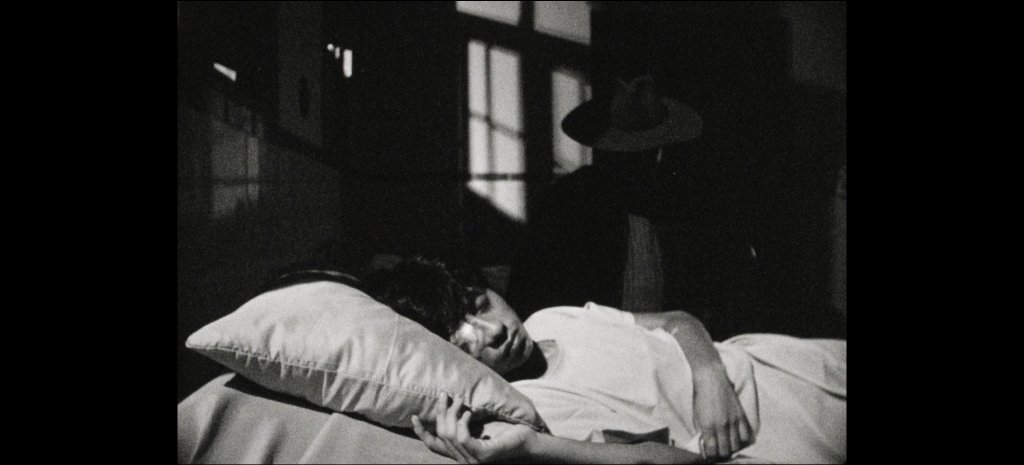
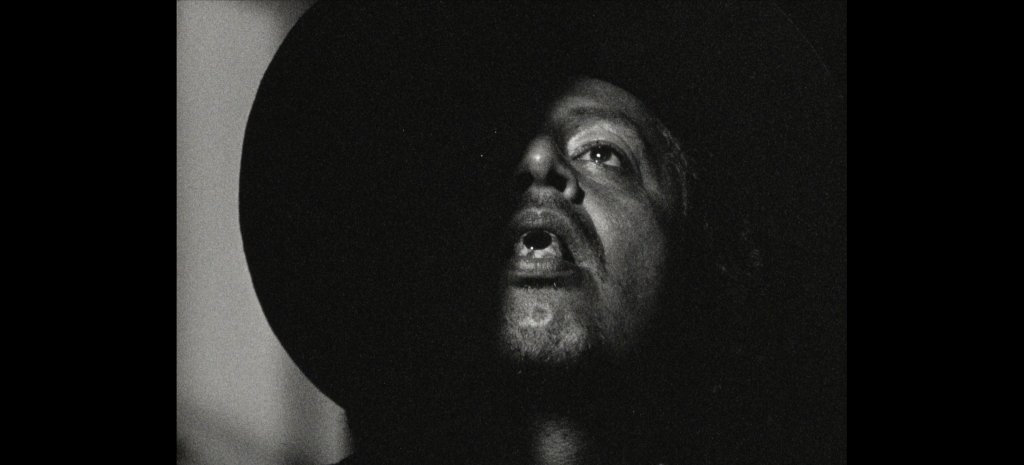
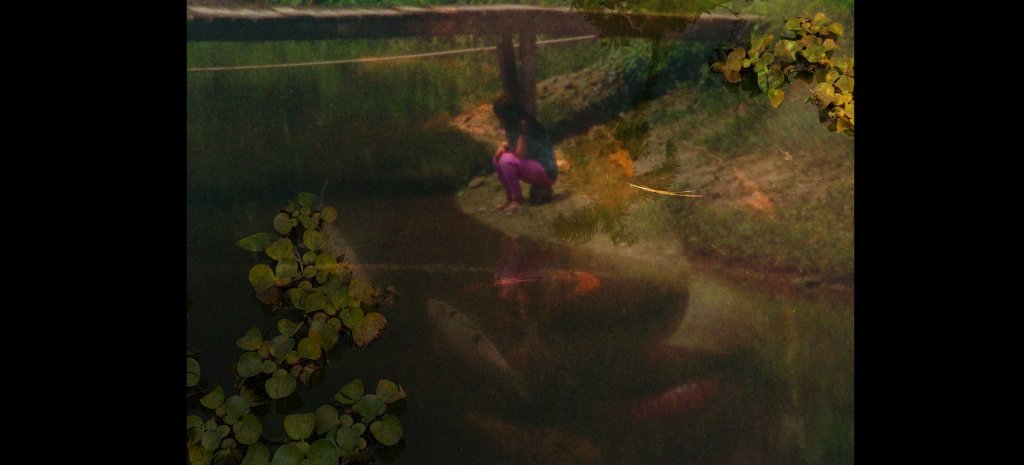
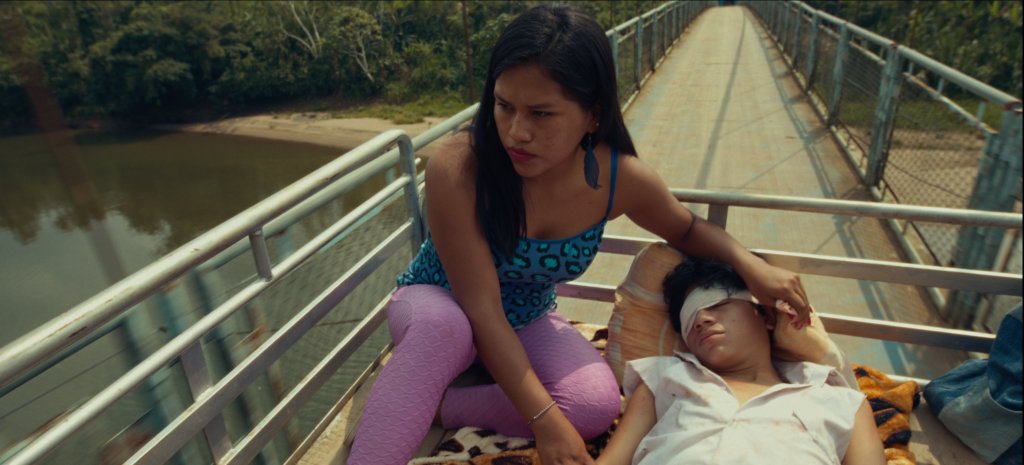
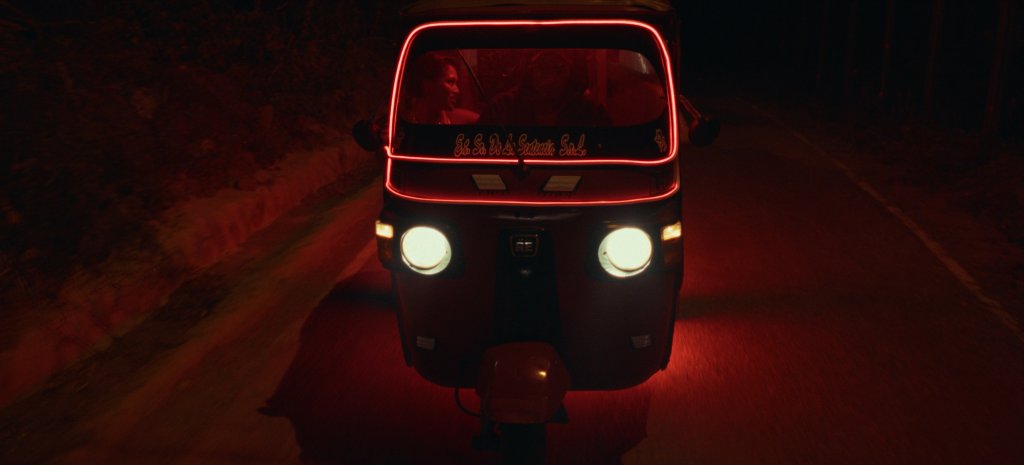
PE/ES 2025, D: J.D. Fernández Molero, A: Marcelo Quino, Maritza Kategari, Ricardo Delgado, 132’, OV with english subtitles, 35mm
Quillabamba, Peru. A town in the south of the country, surrounded by the jungle of the Amazon rainforest and the high mountains of the Andes. Iván is found unconscious in the jungle with a serious eye injury and is taken to the nearest hospital by Meshia, a Matsigenka teenager. She takes care of him, gets a job in a bar and takes part in the beauty contest of “Miss Mermaid”. The film atmospherically tells the story of growing up in contemporary Peruvian society, which is characterised by lurking male gazes and violence, alcohol and a belief in supernatural powers. Formally flowing between analogue and digital, PUNKU navigates meditatively and surreally between myth, hallucinatory memory and identity.
| Thu 18 Sept 2025 | Luru Kino |
| 9 PM | € 7,50 (6,50 reduced) |
Trailer





